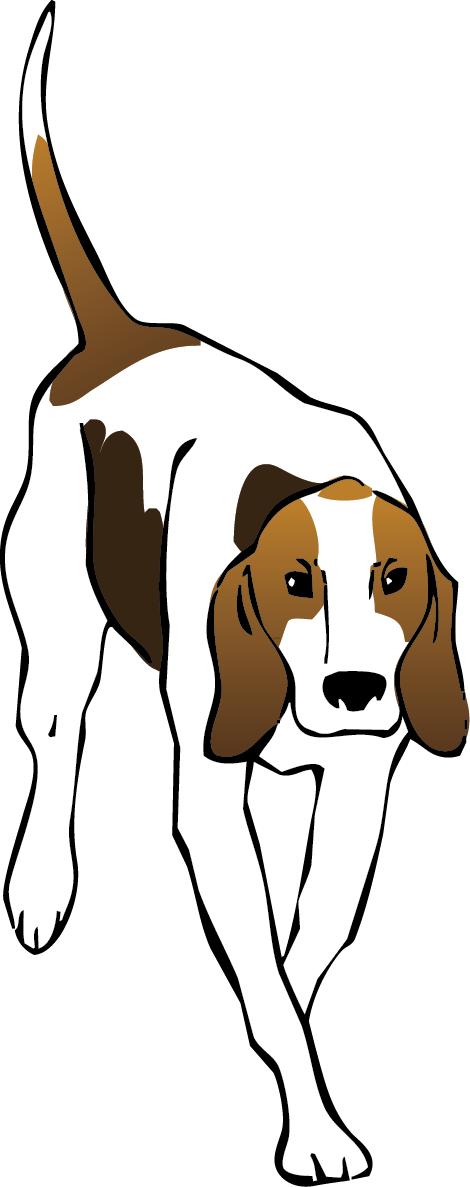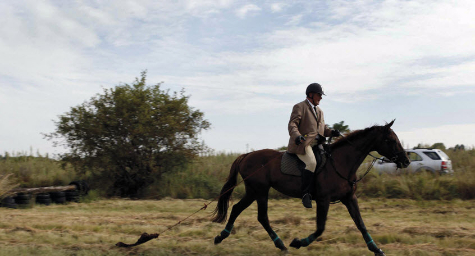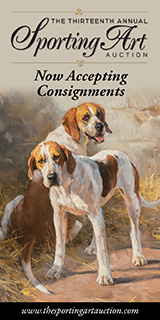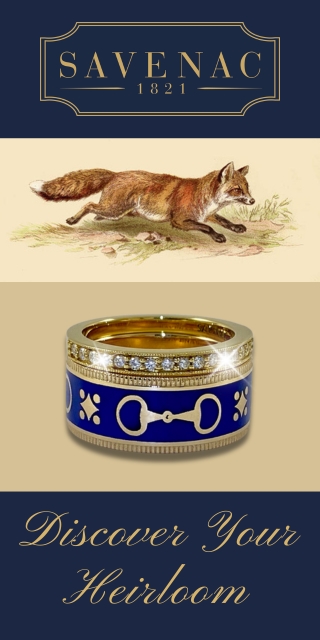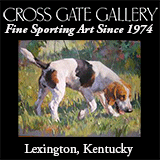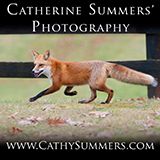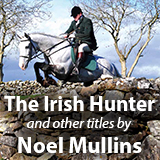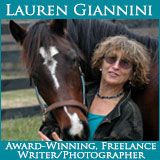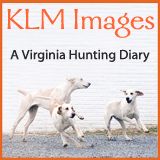drag hunt
Politics and Sport: The Berlin Wall and Drag Hunting
The state of Brandenburg in Germany (formerly a part of Soviet-controlled East Germany from 1945 to 1990) is known for its well-preserved natural environment. Ambitious preservation policies began there in the 1990s, following reunification of East Germany and West Germany. Berlin, which was also divided into East and West Zones until the fall of the Berlin wall, lies as a separate city-state within the borders of Brandenburg. Just a short twenty-five years ago the scenes in this video could not have taken place.
This video of the Brandenburger Hunting Club was recorded by a rear-facing camera attached to my wife’s helmet. The Club was founded in 1991—shortly after the fall of the Berlin wall and German reunification—in Seeburg, close to the capital of Brandenburg in Potsdam. The fall of the wall actually enabled drag-hunting in the area, as the required space was simply not available in the isolated city of Berlin. Needless to say, in socialist East Germany, drag hunting and foxhunting were certainly not sports encouraged by the state.
Drag Hunting: From Racing to Simulating the Hunt
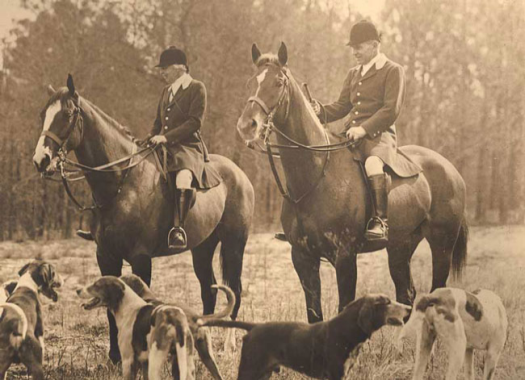 Mrs. Louise Eustis Hitchcock, MFH and huntsman of the Aiken Drag Hunt and Mr. Thomas Hitchcock / Courtesy Hitchcock Woods Foundation
Mrs. Louise Eustis Hitchcock, MFH and huntsman of the Aiken Drag Hunt and Mr. Thomas Hitchcock / Courtesy Hitchcock Woods Foundation
Drag hunting was once a gloriously competitive sport, the roots of which go back to seventeenth-century England. During the reign of King James I (1603–1625), it began as a sport known as running a train scent. A “drag was laid, hounds were put on the line, and ran it at a racing pace. The horse in the lead at the end of the drag was declared the winner,” wrote the late Alexander Mackay-Smith in his Foxhunting in North America.
Later in the same century, during the reign of King Charles II (1649–1685) , a gentleman could enter his hound or hounds to compete for the Woodstock Plate, a race for hounds following a four-mile drag as a test of both the hound’s speed and its ability to follow a scent. When houndsmen and spectators discovered that the best and, not incidentally, the most enjoyable way to follow the hound race was on horseback, the sport of drag hunting was born according to John Philip Hore in his History of Newmarket.
Even Hugo Meynell, the father of modern foxhunting, played his part in drag-hunting history when, in 1763, he participated in a celebrated hound match in the form of a drag hunt between his Quorn Foxhounds and those of Mr. Barry’s Cheshire Foxhounds. By the nineteenth century, the notion of a guaranteed, sustained gallop over jumps appealed to many sportsmen, especially those who mainly hunted to ride.
Drag Hunting in South Africa
The Rand Hunt in South Africa has its origins in the Germiston Hunt Club established in 1886—the year of the discovery of the Rand Gold Fields. In 1914 the hunt was moved to Johannesburg and renamed the Rand Hunt. Today, though most members are wealthy white South Africans, the hunt field is integrated. Typically attracting about fifty riders, up to one hundred may be in the field for special meets such as Boxing Day. The hunt has followed the drag from the start, but since there are few foxes in South Africa, jackal urine is used for the scent instead. Click for more photos by Antony Kaminju in BBC Focus on Africa magazine. Posted December 17, 2012 Laying the Drag in South Africa / Antony Kaminju photo
Read More
